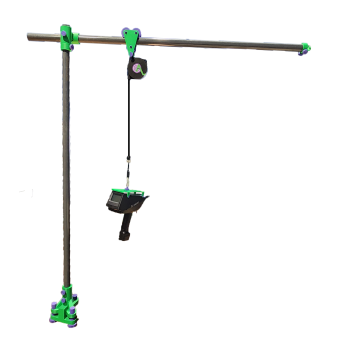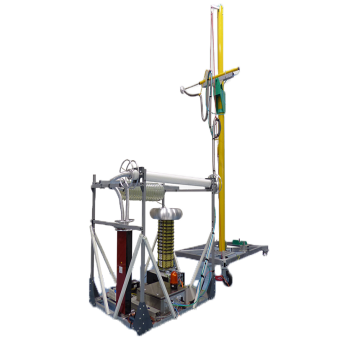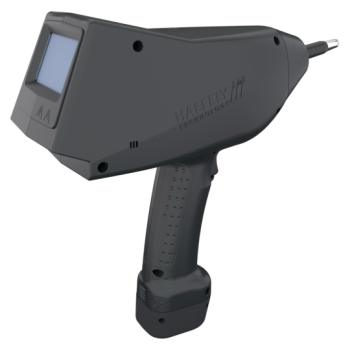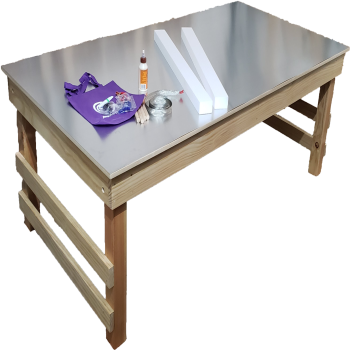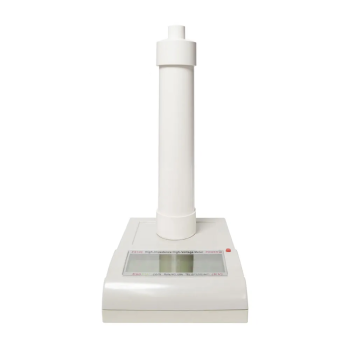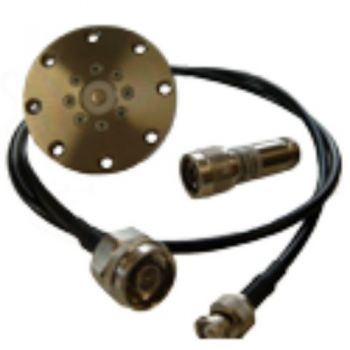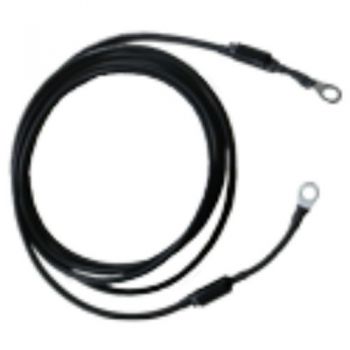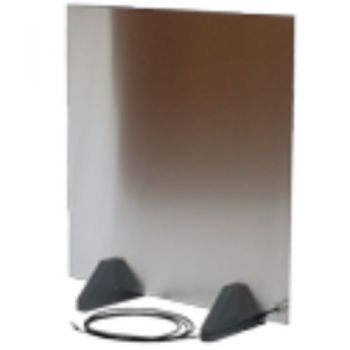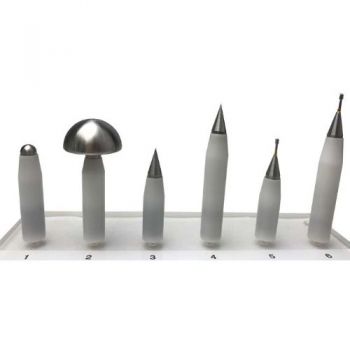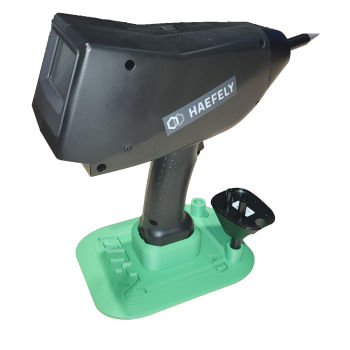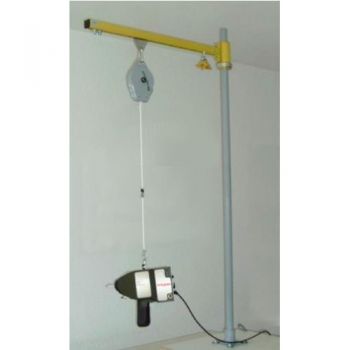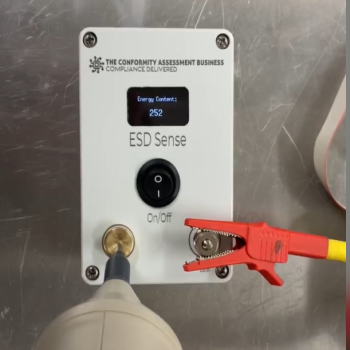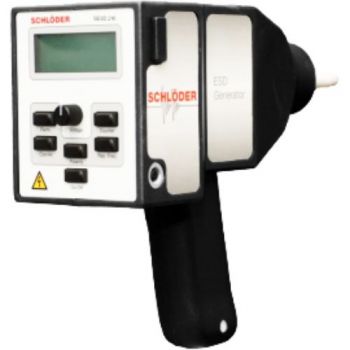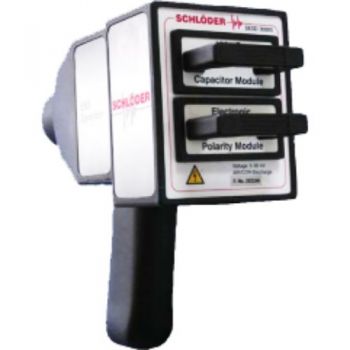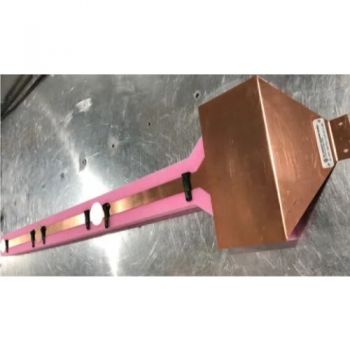
SESD 230: ESD - Simulator 30 kV
IEC / EN 61000-4-2 The test generator SESD 230 simulates electrostatic discharge as defined in the standard IEC / EN 61000-4-2. Depend on the Equipment Under Test (EUT) and the test set-up for laboratory tests the IEC standard shows two test methods; Test voltage max. 30,0 kV AIR und CON; Discharge impedance 150pF/330 Ohm (IEC); Battery or mains operation; Predefined tests, standard and other
PARTNER:
MARKETS:
TEST STANDARDS:
SESD 230
ESD simulator 30 kV
· IEC 61000-4-2 (150 pF / 330 Ohm)
· Battery and mains operation
· 30 kV AIR and CONTACT discharge
· Programmable automatic test runs
· Predefined test levels acc. to the standard
· Contact control for contact discharge
· Displaying of the real discharge voltage at air mode
· Counter mode with and without automatic polarity change
· Self-Test
Introduction
The ESD Simulator SESD 230 is suitable for performing EMC tests on systems in accordance with the standard IEC / EN 61000-4-2 (ESD test). Higher test levels can be set far beyond the standard limits. Depending on the test object and test setup, two test methods are to be used:
1. Air discharge
In this case, the pulse is triggered by approaching the SESD 230 towards the DUT. The high voltage applied to the discharge electrode is discharged suddenly, resulting in a very broadband high- frequency interference spectrum. This, in turn, can lead to influences on the test specimens.
2. Contact discharge
With this method, the probe of the generator is placed directly on the test object. The actual "impulse triggering" takes place via a relay contact and reduces the influencing factors such as approach speed, amplitude height, air humidity, and temperature.
Important: In the case of non-contacting (e.g. painted or oxidized surface), the impulses are not triggered. The display shows "No contact". This ensures that when triggering a discharge takes place.
The contact discharge is the favorite test method since it is most reproducible. Air discharges are used when contact discharges are not possible - e.g. at plastic housings.
Self Test / Function Test
This function checks in real-time (app. 30 seconds) the operating status of the simulator. In 14 test steps the power supply characteristics, high voltage parameters, the capacitance value and the HV discharge - in both polarities. This review is far more than a plausibility test. But does not replace any external calibration.
|
SESD 230 carrying case includes (3,4 kg): · ESD simulator · Battery charger unit incl. cable · Test tip air discharge and test tip contact discharge · Ground cable · Manual
|
|
Technical data Generator: The output voltage, adjustment via digital potentiometer: |
|
|
Test mode air discharge |
0,2 kV to 30 kV, 100V steps |
|
Test mode contact discharge |
0,2 kV to 30 kV, 100V steps |
|
Polarity of the output voltage |
positive and negative |
|
Test modes |
air- and contact discharge |
|
The repetition frequency of the discharge pulses: |
|
|
Air discharge |
single pulse or repeated * *(frequency depends on the distance between the discharge electrodes and the examinant)\ |
|
Contact discharge |
single pulse, 0,1 Hz, 0,2 Hz, 1 Hz, 2 Hz, 5 Hz, 10 Hz, 20 Hz |
|
Continuous operation |
possible at air- and contact discharge |
|
Holding time |
³ 5 sec |
|
Pre selectable counter |
1 - 9999 |
|
Discharge electrodes |
in conformity to IEC / EN 61000-4-2 |
|
Energy storage capacity |
150 pF ± 10% |
|
Discharge resistor |
330 Ohm ± 5% |
|
Self-test |
In 14 steps, can be activated via interface or service menu |
|
Operation temperature range |
0 - 40° Celsius |
|
Relative humidity |
0 - 60% |
|
Weight |
app. 1470 g |
|
Power Supply |
In: 100-240 VAC / 47-63 Hz; Out: 9 VAC / 3 A |
|
Weight: |
app 200 g |
Options:SESD 3026 SESD 3027 SESD 3036 SESD 30 T 1000 SESD 271 SESD 272 SESD 8800-4 SESD 30 S 100 |
Test tip, length 50 mm with spring pin, for contact discharge Test tip, length 70 mm with spring pin, for contact discharge Hook on the generator for hanging on a balancer Support arm with balancer VCP – vertical coupling plate, include earth cable SESD 272 Earth cable include 2 x 470 kΩ resistor, 2m long ESD verification set 2Ω (4 GHz) to verify the ESD pulse Remote control software and optical fiber set |
Standard definition acc. IEC / EN 61000-4-2
|
Test- Level |
Test voltage contact discharge |
Rise time (± 25 %) |
1. Peak current (± 15 %) |
Current after 30 ns (± 30 %) |
Current after 60 ns (± 30 %) |
|
1 |
2 kV |
0,8 ns |
7,5 A |
4 A |
2 A |
|
2 |
4 kV |
0,8 ns |
15,0 A |
8 A |
4 A |
|
3 |
6 kV |
0,8 ns |
22,5 A |
12 A |
6 A |
|
4 |
8 kV |
0,8 ns |
30,0 A |
16 A |
8 A |
|
x |
30 kV |
0,8 ns |
112,5 A |
60 A |
30 A |


